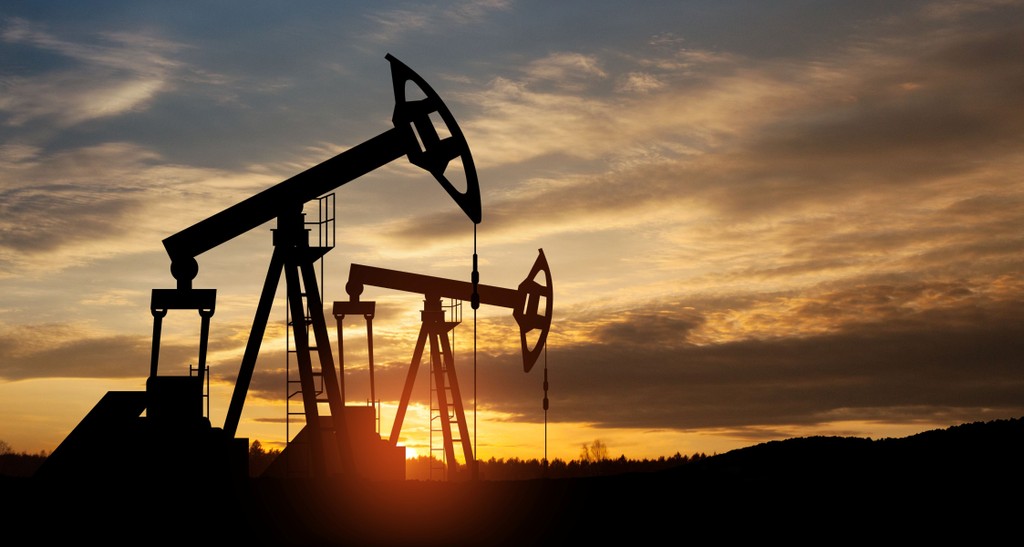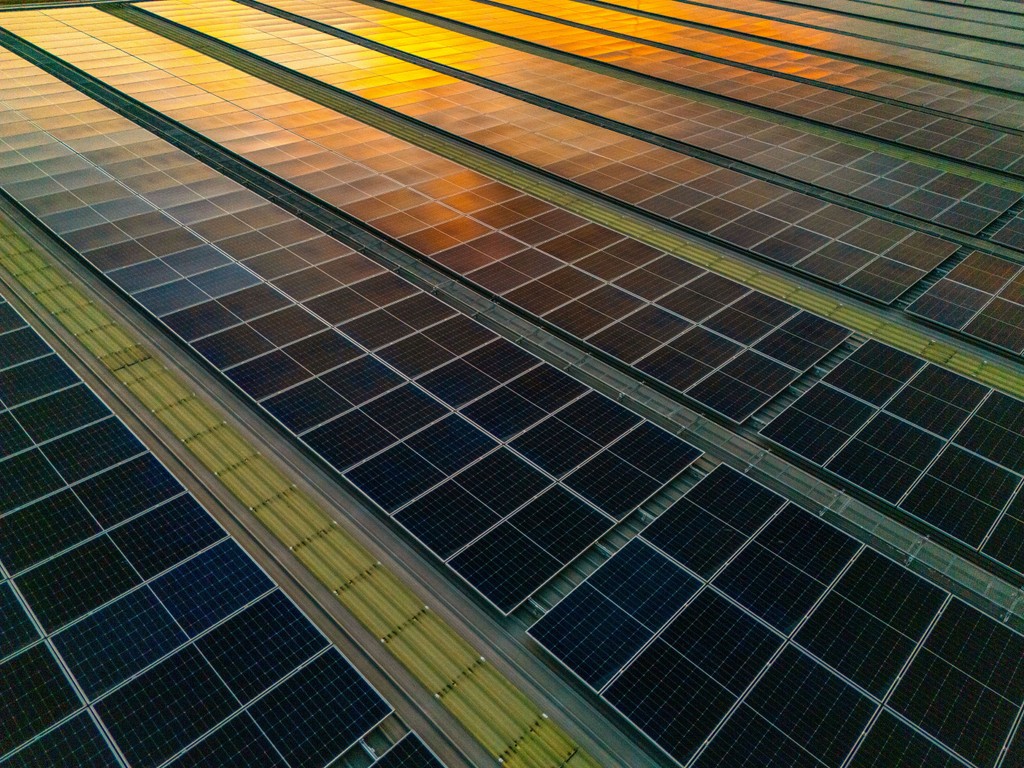A staggering 619 gigawatts (GW) of solar, wind and storage will come online between 2023 and 2030 in the US, according to BloombergNEF forecasts, up 19GW from the previous outlook. While structural constraints, such as permitting and grid connections, and higher cost of capital threaten buildout, BNEF expects this to be outweighed by equipment cost declines, load growth and strong demand for new clean power supply.
Utility targets and procurement plans is a key driver of new clean power build in the US. Many utilities have included energy storage targets too, driven by increasing reliability needs, which will help the storage market take off outside of just California and Texas.
Higher cost of debt is squeezing the long-term levered returns for solar and wind projects and investors are largely limiting deals to those projects that have secured grid connection. The extension and expansion of tax credits in the Inflation Reduction Act (IRA) will partly offset higher interest rates. Some of the new subsidies and rules, such as the option to sell tax credits, if implemented carefully, will even make some projects very lucrative. The US is on track to reach record levels of investments in solar this year as plenty of capital chases projects.
Developers have, for the most part, been able to pass through higher costs to the final electricity buyer in the form of higher power purchase agreement (PPA) prices. But electricity buyers are increasingly pushing back against higher PPA prices, especially as the market expects weaker gas prices in the future due to high inventory levels.
Solar dominates the forecast through 2030
Despite higher costs of capital, grid connection bottlenecks and curtailment risks, the US solar boom is on the way. Our forecasts have gone up by 12GW for the 2023-2030 period compared with our previous outlook. Most of the increase will be in home solar, which will overcome financing constraints thanks to long-term cost declines.
Onshore wind installations will decline for a third year in a row in 2023 primarily due to a scant pipeline of projects. Tax credit certainty from the Inflation Reduction Act (IRA) and easing of transmission and permitting constraints will drive onshore wind growth later in the decade. High inflation and interest rates have stifled offshore wind growth, with about 3.2GW of projects canceling their offtake contracts this year. Total annual wind build will surpass 11GW by 2025 and climb up to 23GW by 2030.
The US energy storage market is rapidly growing, with California and Texas accounting for most deployments. We expect installed capacity to reach 132GW/460 gigawatt-hours (GWh) by 2030 as utilities in the Northwest, PJM and the Southeast now add energy storage in their integrated resource plans.
The US transmission network could grow 9% with 380GW of new capacity if planned and in-flight projects are built by 2030. This is phenomenal for the onboarding of renewables but will only be realized with federal reforms to reduce permitting timelines and drain interconnection queues. While legislation is ongoing, an onslaught of extreme weather has pushed utilities from Hawaii to Texas to consider a dueling investment priority – grid resilience.






